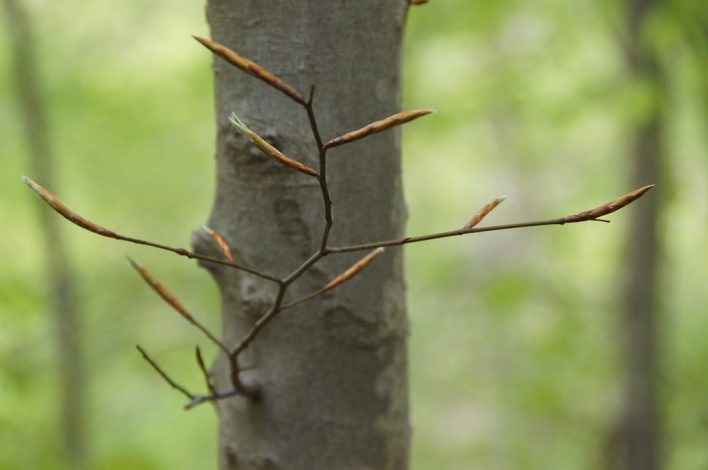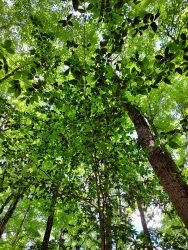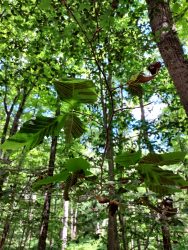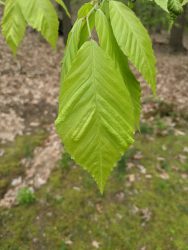Beech Leaf Disease Coalition
A group of environmental organizations finding ways to address BLD-related forest degradation
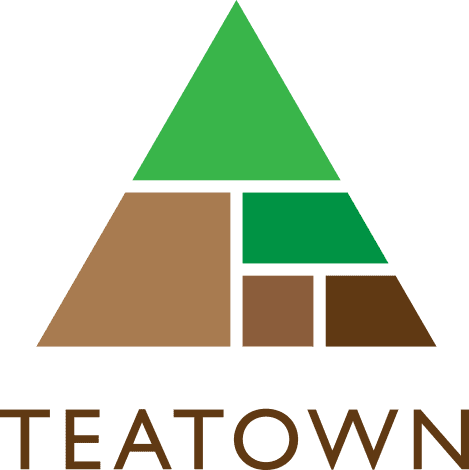

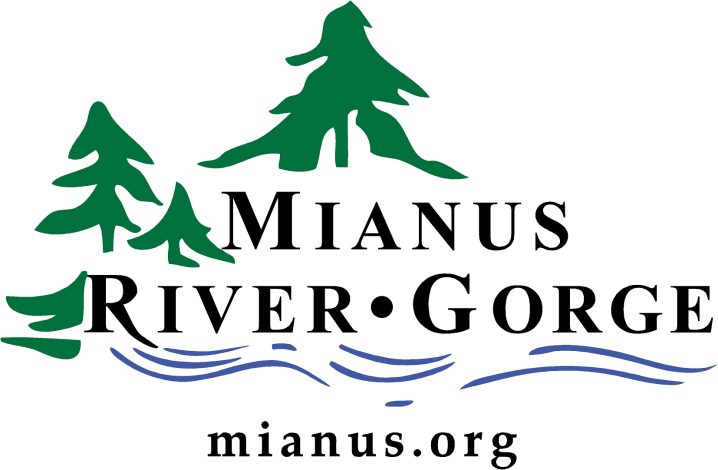

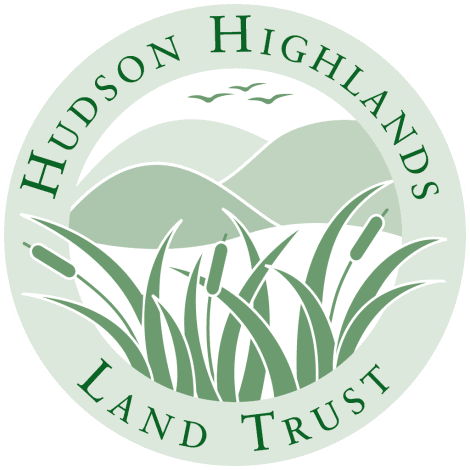
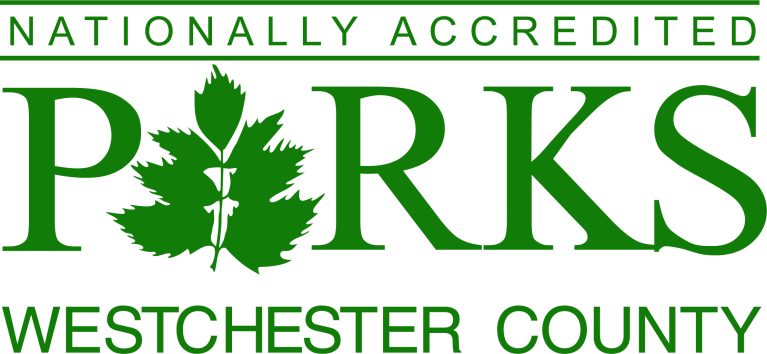
Local land managers and environmental organizations are actively working to manage forests affected by BLD. The newly formed BLD Coalition, a group focused on Westchester and Putnam counties with representatives from Westchester Land Trust, Teatown Lake Reservation, Westchester County Parks, Hudson Highlands Land Trust, Mianus River Gorge, and North Salem Open Land Foundation, are setting forth recommendations for managing stands affected by BLD with the primary goal of promoting the establishment of young native forest.
